Home>Gardening & Outdoor>Landscaping Ideas>What Is The Difference Between Coated And Uncoated Grass Seed
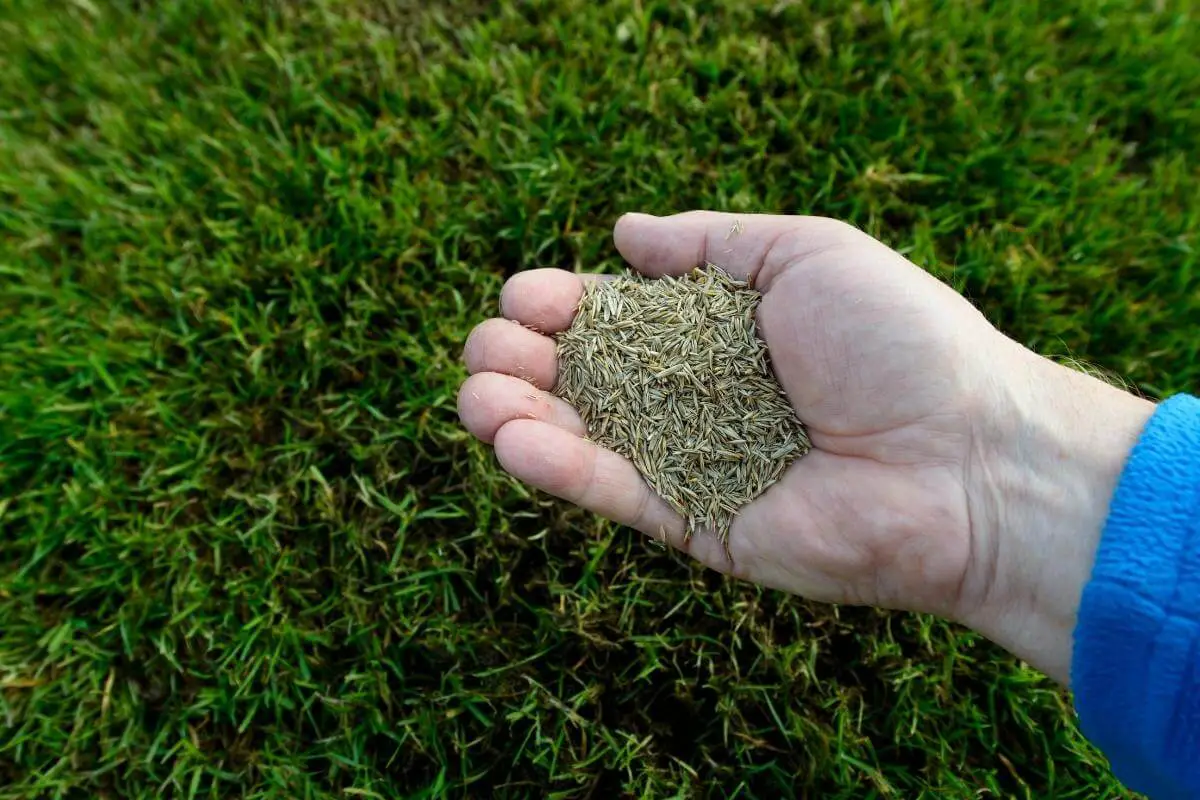

Landscaping Ideas
What Is The Difference Between Coated And Uncoated Grass Seed
Modified: February 18, 2024
Learn the distinctions between coated and uncoated grass seed to make informed decisions for your landscaping ideas. Choose the best option for your lawn.
(Many of the links in this article redirect to a specific reviewed product. Your purchase of these products through affiliate links helps to generate commission for Storables.com, at no extra cost. Learn more)
Introduction
Welcome to the world of landscaping and lawn care, where the choice of grass seed can make a significant difference in the success of your green space. When it comes to selecting grass seed, one of the key decisions you’ll encounter is choosing between coated and uncoated varieties. Each type has its own set of characteristics, benefits, and drawbacks, which can impact the outcome of your lawn or garden. In this article, we’ll delve into the differences between coated and uncoated grass seed, shedding light on the unique features of each and providing insights to help you make an informed decision for your landscaping needs.
Key Takeaways:
- Coated grass seed offers protection, added nutrients, and improved moisture retention, making it ideal for challenging environments. However, it may be more expensive and limit seed customization.
- Uncoated grass seed provides natural breathability, flexibility in treatment, and cost advantages, making it a versatile and economical choice. It requires more attentive management but offers greater control over seeding methods.
Overview of Grass Seed Coating
Grass seed coating involves the application of various materials to the seeds to achieve specific purposes. These coatings can be made from a variety of substances, including fertilizers, mulch, and other additives. The primary goal of coating grass seeds is to enhance their performance and improve the overall success rate of germination and establishment. Coatings can also provide protection against environmental stressors and promote early root development.
Coated grass seeds are often color-coded to distinguish them from uncoated seeds. This coloring can help users identify the type of seed, the presence of certain additives, and the coverage area during sowing. Additionally, some coatings incorporate technologies that enable better adhesion of the seed to the soil, leading to improved moisture retention and a more favorable environment for germination.
Furthermore, grass seed coatings may contain beneficial microorganisms that contribute to soil health and plant growth. These microorganisms can aid in nutrient uptake, disease resistance, and overall vigor of the grass, fostering a more resilient and lush lawn.
Benefits of Coated Grass Seed
Coated grass seed offers several advantages that can significantly impact the success of lawn establishment and maintenance. One of the key benefits is the presence of added nutrients and growth stimulants in the coating. These supplements provide essential nourishment to the seeds during their early stages, promoting robust germination and vigorous initial growth. Additionally, the nutrients can support the development of a healthy root system, which is crucial for the long-term vitality of the grass.
Furthermore, the protective nature of the coating shields the seeds from harsh environmental conditions, such as extreme temperatures, excessive moisture, and UV radiation. This protection can enhance the resilience of the seeds, increasing their chances of successful germination and establishment, particularly in challenging or unpredictable climates.
Another notable benefit of coated grass seed is the potential for extended moisture retention. Some coatings are designed to absorb and retain water, providing a consistent moisture supply to the seeds and young roots. This feature can be especially advantageous in arid regions or during periods of drought, where maintaining adequate soil moisture is crucial for sustaining healthy grass growth.
Moreover, coated grass seed often exhibits improved handling and spreading characteristics. The coating can enhance the flowability of the seeds, allowing for more uniform distribution during sowing. This can result in more even coverage and better utilization of the seed, ultimately contributing to a more uniform and attractive lawn.
Additionally, certain coatings incorporate biostimulants and beneficial microorganisms that foster a symbiotic relationship with the soil, promoting a healthier and more resilient turf. These microorganisms can contribute to improved soil structure, nutrient cycling, and disease suppression, creating a more conducive environment for robust grass growth.
Overall, the benefits of coated grass seed encompass enhanced nutrition, protection, moisture retention, ease of handling, and the promotion of a thriving ecosystem within the soil, all of which can contribute to the successful establishment and long-term health of a vibrant lawn.
Drawbacks of Coated Grass Seed
While coated grass seed offers numerous advantages, it is important to consider potential drawbacks associated with this type of seed. One of the primary concerns is the cost factor. Coated grass seed tends to be more expensive than uncoated seed due to the additional materials, technologies, and processes involved in the coating application. This higher cost may influence the overall budget for lawn establishment or renovation, especially when covering larger areas.
Furthermore, the presence of coatings can affect the storage and shelf life of grass seed. Coatings may impact the seed’s natural ability to breathe, potentially leading to reduced viability and germination rates over time. Proper storage conditions, such as cool, dry environments, are essential for preserving the quality of coated seeds and maximizing their shelf life.
In some cases, the presence of coatings may create challenges during overseeding or interseeding activities. Coatings can alter the buoyancy and density of the seeds, affecting their behavior when spread over existing turf. This can result in uneven distribution and reduced seed-to-soil contact, potentially impacting the success of overseeding efforts.
Moreover, certain coatings may introduce non-native materials or additives into the environment, which could have unintended ecological impacts. It is essential to consider the composition of the coatings and their potential effects on soil, water, and surrounding vegetation, particularly in environmentally sensitive areas.
Additionally, the reliance on coated grass seed may limit the flexibility of customizing seed treatments based on specific soil conditions, climate factors, or landscaping goals. Uncoated seeds offer the versatility of tailoring treatments and amendments according to the unique requirements of the site, allowing for more targeted and adaptable approaches to lawn establishment and maintenance.
While acknowledging these potential drawbacks, it is important to weigh them against the benefits of coated grass seed and consider the specific needs and priorities of the landscaping project to make an informed decision regarding the most suitable seed type.
Coated grass seed has a protective layer for better moisture retention and protection from birds, while uncoated seed is just the raw seed. Consider your specific needs and conditions when choosing between the two.
Uncoated Grass Seed Characteristics
Uncoated grass seed, in its natural state, consists of the seed itself without any additional external coatings or treatments. This unadorned form of grass seed offers certain distinct characteristics that are important to consider when making seeding decisions for a lawn or landscape.
One of the primary characteristics of uncoated grass seed is its natural breathability. Uncoated seeds allow for the exchange of gases, such as oxygen and carbon dioxide, which is essential for maintaining seed viability and promoting healthy germination. This natural permeability enables uncoated seeds to respire and interact with the surrounding soil environment, contributing to their adaptability and resilience.
Moreover, uncoated grass seed provides flexibility in terms of seed treatment and customization. Landscapers and homeowners have the freedom to apply specific amendments, such as fertilizers, biostimulants, or protective coatings, directly to the uncoated seeds based on the unique requirements of the site and the desired outcomes. This adaptability allows for tailored approaches to seed treatment and affords greater control over the establishment and development of the grass.
Another characteristic of uncoated grass seed is its versatility in various seeding methods. Uncoated seeds can be effectively sown through traditional broadcasting, hydroseeding, or drill seeding techniques, providing flexibility in application and accommodating different landscaping preferences and project requirements.
Furthermore, uncoated grass seed offers cost advantages compared to coated seed, making it a more economical choice for large-scale seeding projects. The absence of additional coatings and treatments typically results in a lower cost per unit of uncoated seed, which can be a significant consideration when covering expansive lawn areas or undertaking extensive landscaping endeavors.
It is important to note that while uncoated grass seed possesses these inherent characteristics, it may require more attentive management and monitoring during the early stages of germination and establishment, as it lacks the protective and nourishing benefits provided by coatings. Proper watering, soil preparation, and post-germination care are crucial for maximizing the potential of uncoated grass seed and ensuring successful lawn establishment.
Understanding the unique characteristics of uncoated grass seed is essential for making informed decisions regarding seed selection and application methods, allowing for the optimal development of healthy and vibrant turf in landscaping projects.
Comparison of Coated and Uncoated Grass Seed
When evaluating the choice between coated and uncoated grass seed, it is essential to consider the distinct characteristics and attributes of each type to determine the most suitable option for a specific landscaping project. Both coated and uncoated seeds offer unique advantages and considerations that can influence their performance and the overall success of lawn establishment and maintenance.
Coated grass seed provides enhanced protection and nourishment to the seeds, offering benefits such as added nutrients, growth stimulants, and protection against environmental stressors. The coatings can promote early root development, improve moisture retention, and foster a healthier soil ecosystem. However, the cost of coated seed is typically higher, and the presence of coatings may impact storage, seed-to-soil contact, and the flexibility of customizing seed treatments.
In contrast, uncoated grass seed offers natural breathability, flexibility in seed treatment, versatility in seeding methods, and cost advantages. While uncoated seeds lack the protective and nourishing benefits provided by coatings, they allow for greater control over seed treatments and offer economical solutions for large-scale seeding projects. However, uncoated seed may require more attentive management and monitoring during germination and establishment.
When comparing coated and uncoated grass seed, it is important to assess the specific requirements and goals of the landscaping project. Coated seed may be more suitable for areas with challenging environmental conditions, such as extreme temperatures or drought-prone regions, where the added protection and nutrients can enhance the chances of successful establishment. On the other hand, uncoated seed may be preferred for projects where cost-effectiveness, customization, and adaptability in seeding methods are paramount considerations.
Ultimately, the decision between coated and uncoated grass seed should be based on a comprehensive evaluation of the site’s conditions, the desired outcomes, and the available resources. By carefully weighing the benefits and drawbacks of each seed type and aligning them with the specific needs of the landscaping project, landscapers and homeowners can make informed choices that lead to the successful establishment of healthy, vibrant lawns and landscapes.
Conclusion
Choosing between coated and uncoated grass seed is a pivotal decision that can significantly impact the success of lawn establishment and maintenance. Coated grass seed offers benefits such as enhanced protection, added nutrients, and improved moisture retention, making it well-suited for challenging environmental conditions and areas requiring robust seed performance. However, the higher cost and potential limitations in seed customization and storage should be carefully considered.
On the other hand, uncoated grass seed provides natural breathability, flexibility in seed treatment, versatility in seeding methods, and cost advantages, making it an economical and adaptable choice for a wide range of landscaping projects. While uncoated seed may require more attentive management during germination and establishment, it offers greater control over seed treatments and application methods, aligning with specific project requirements and budget considerations.
Ultimately, the decision between coated and uncoated grass seed should be guided by a thorough assessment of the site’s conditions, the desired outcomes, and the available resources. By weighing the unique characteristics, benefits, and drawbacks of each seed type against the specific needs of the landscaping project, landscapers and homeowners can make informed choices that lead to the successful establishment of healthy, vibrant lawns and landscapes.
Whether opting for the protective benefits of coated seed in challenging environments or leveraging the adaptability and cost-effectiveness of uncoated seed for versatile projects, the key lies in understanding the distinct attributes of each seed type and aligning them with the goals of the landscaping endeavor. With thoughtful consideration and informed decision-making, the selection of the most suitable grass seed can lay the foundation for a thriving and picturesque outdoor space, enriching the landscape with lush greenery and natural beauty.
Frequently Asked Questions about What Is The Difference Between Coated And Uncoated Grass Seed
Was this page helpful?
At Storables.com, we guarantee accurate and reliable information. Our content, validated by Expert Board Contributors, is crafted following stringent Editorial Policies. We're committed to providing you with well-researched, expert-backed insights for all your informational needs.



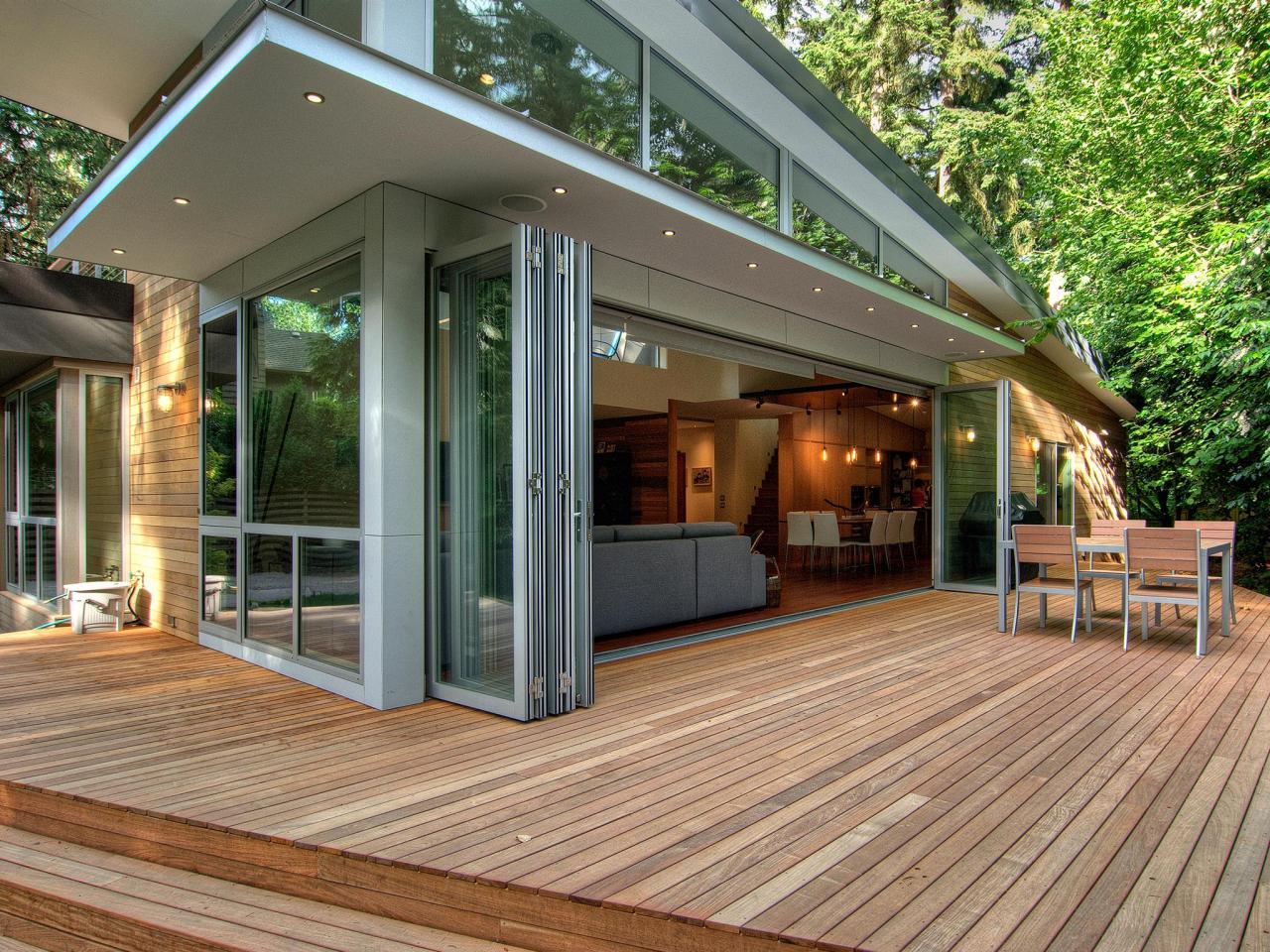
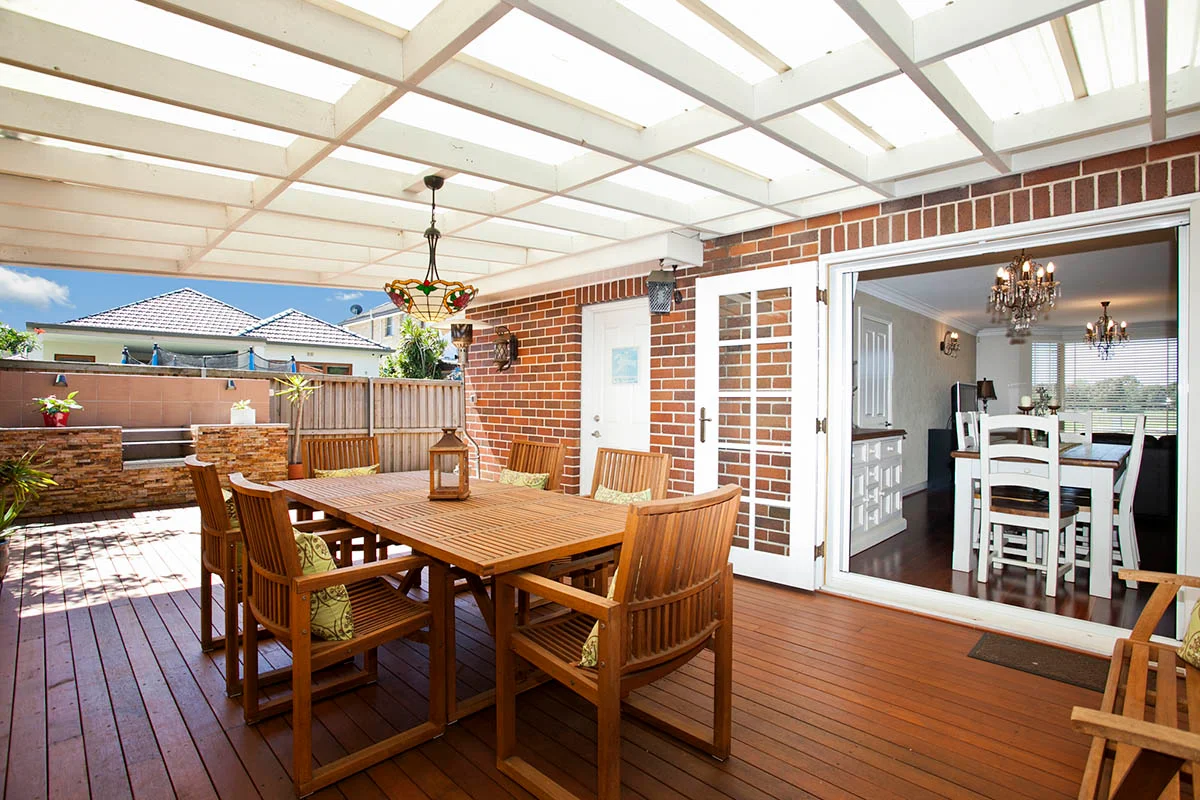
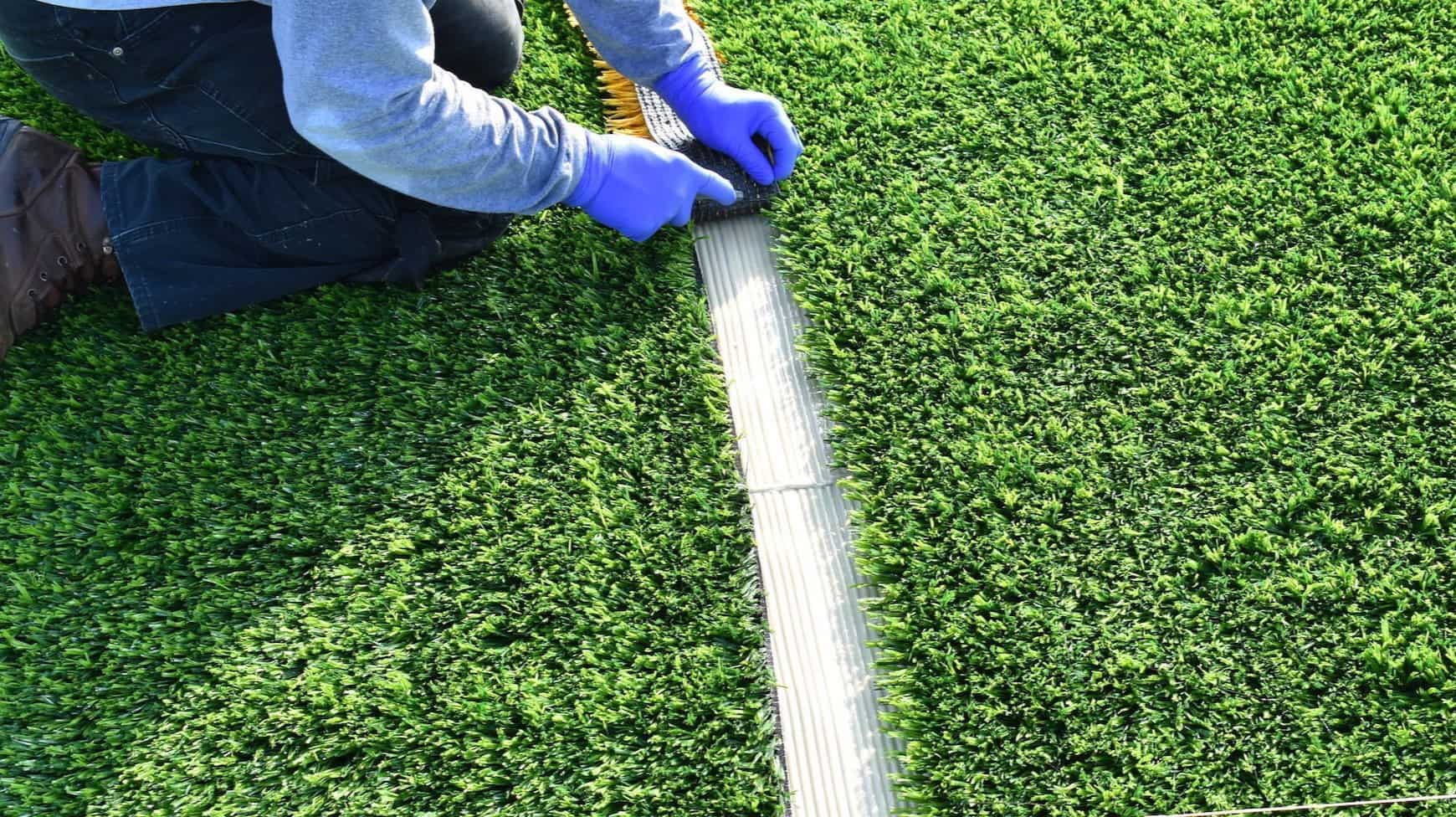
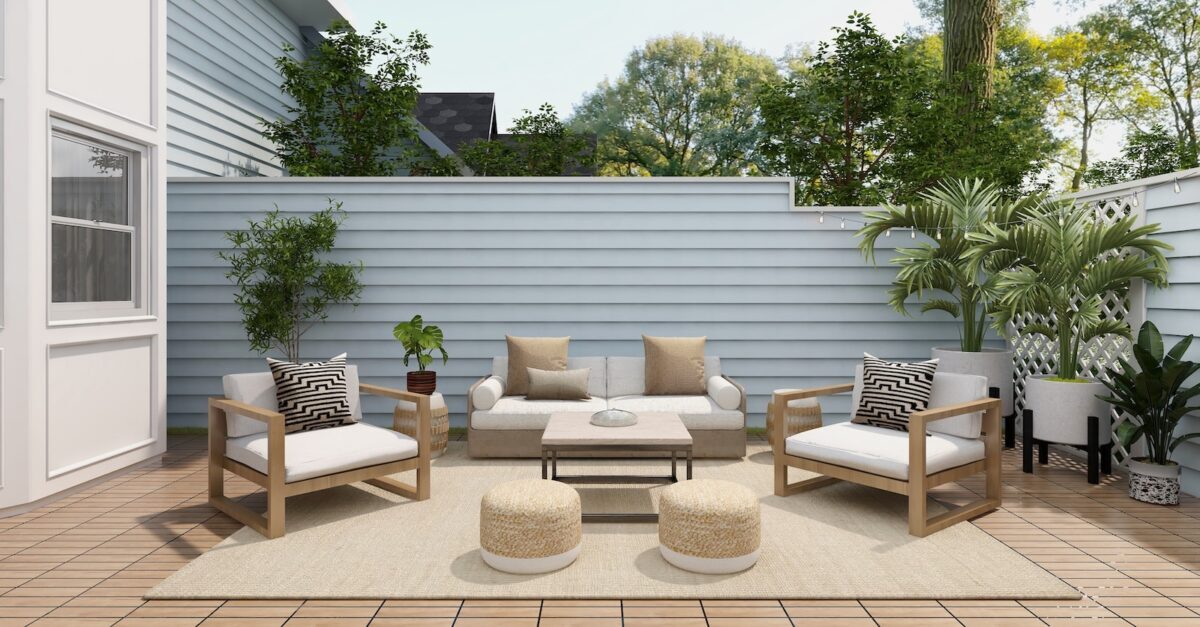
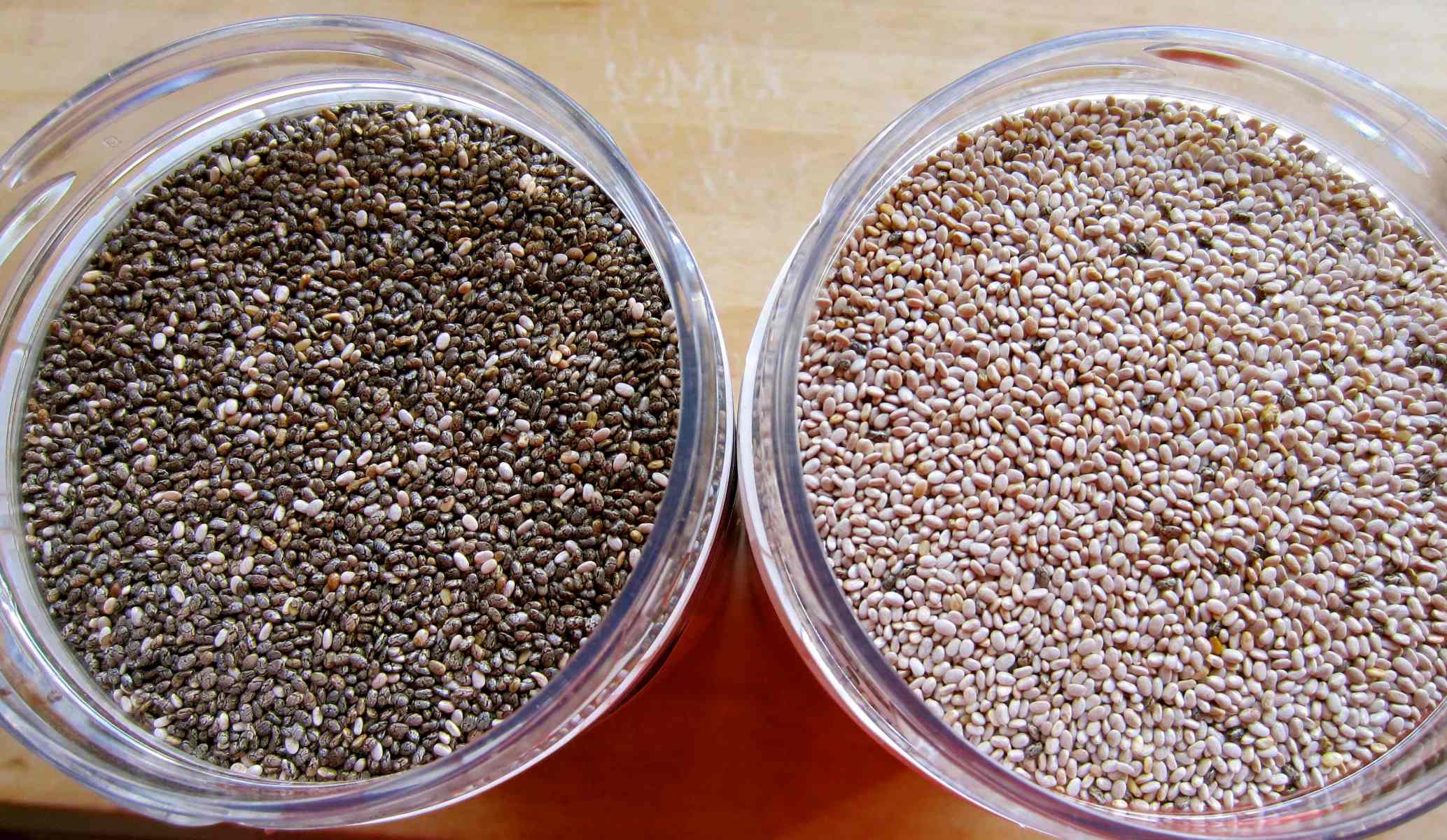
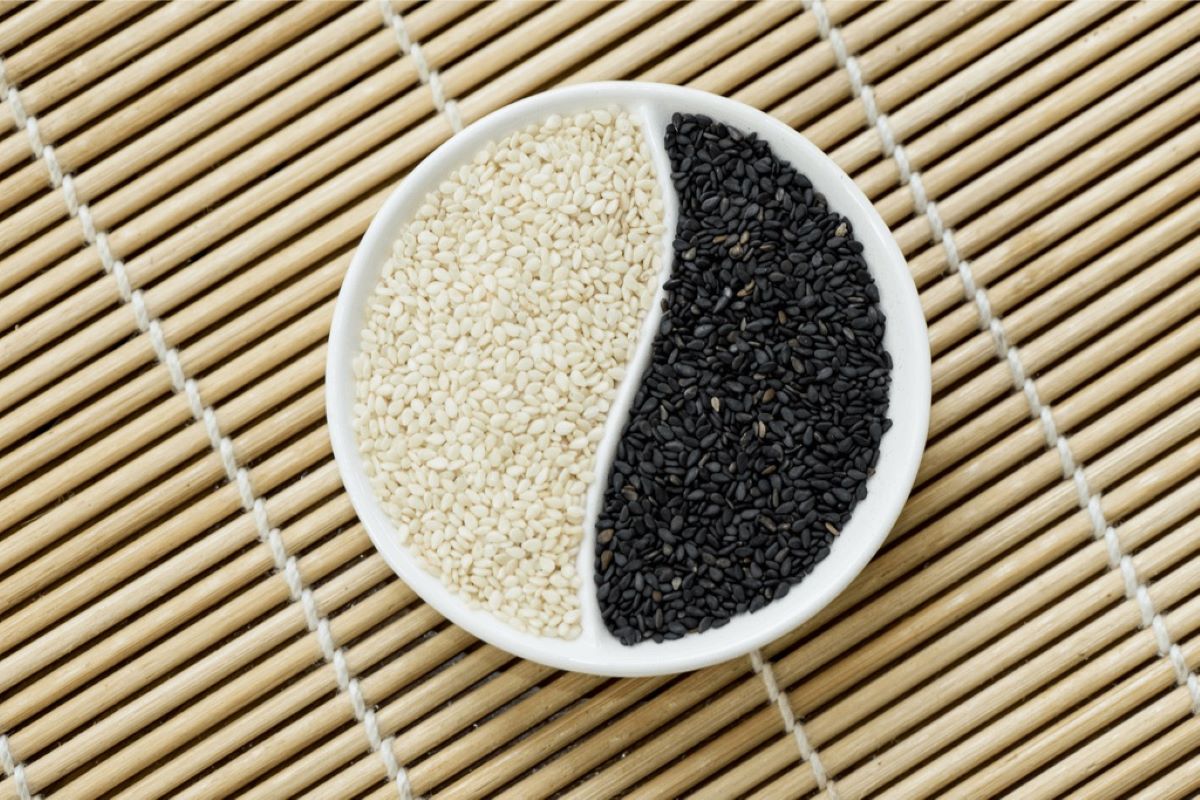
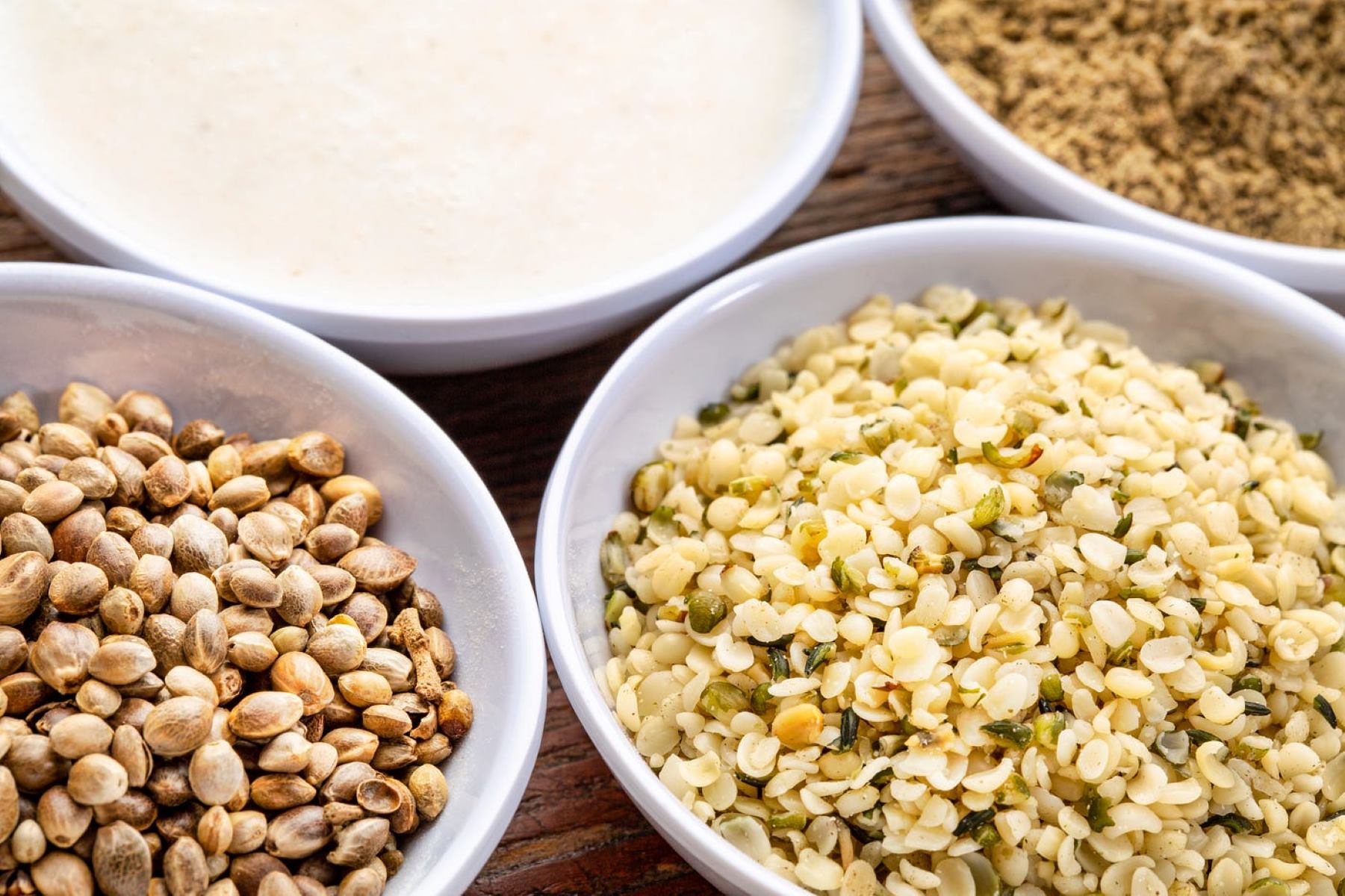
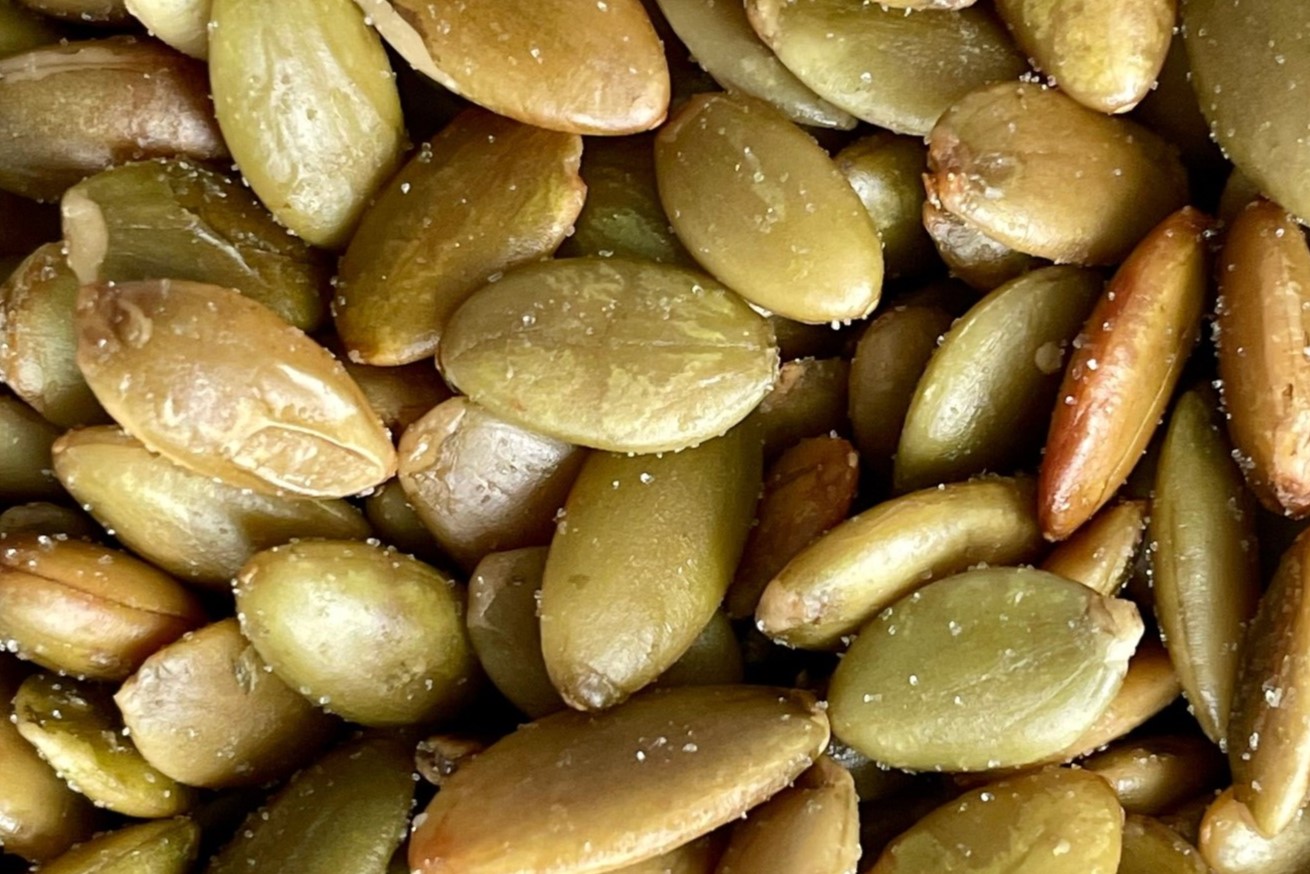
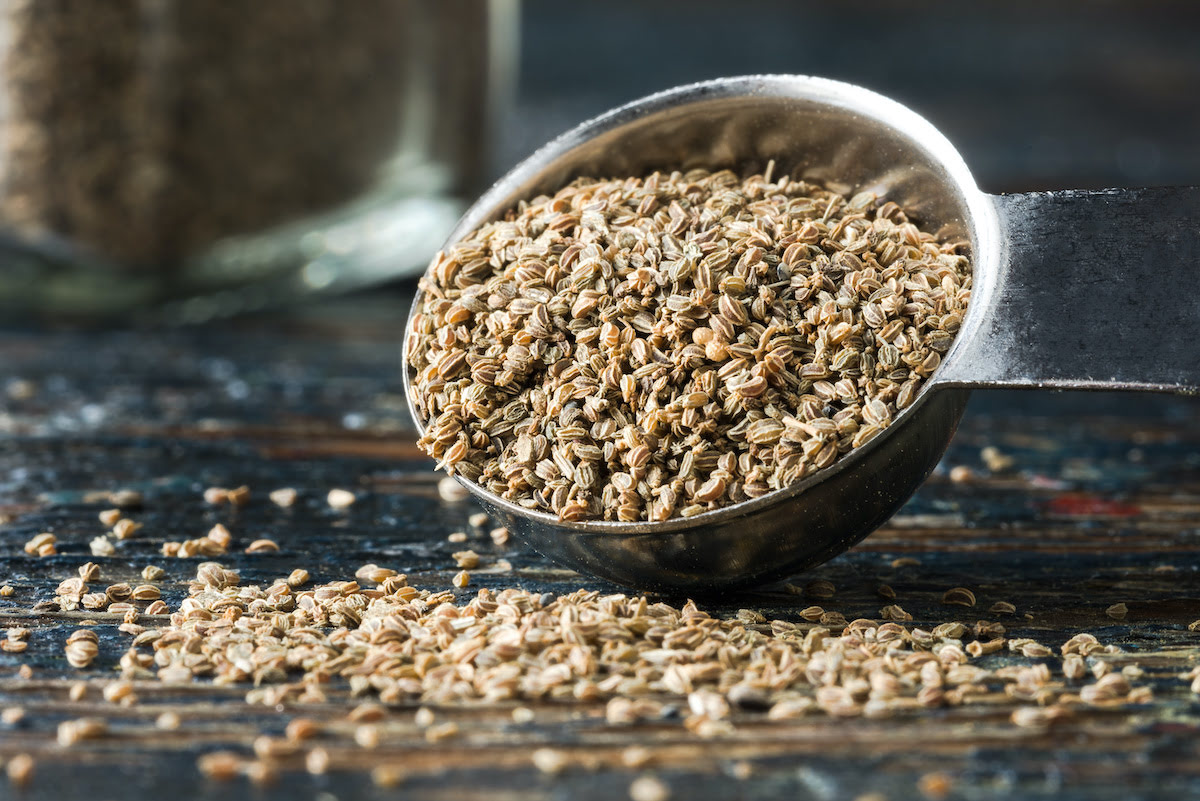
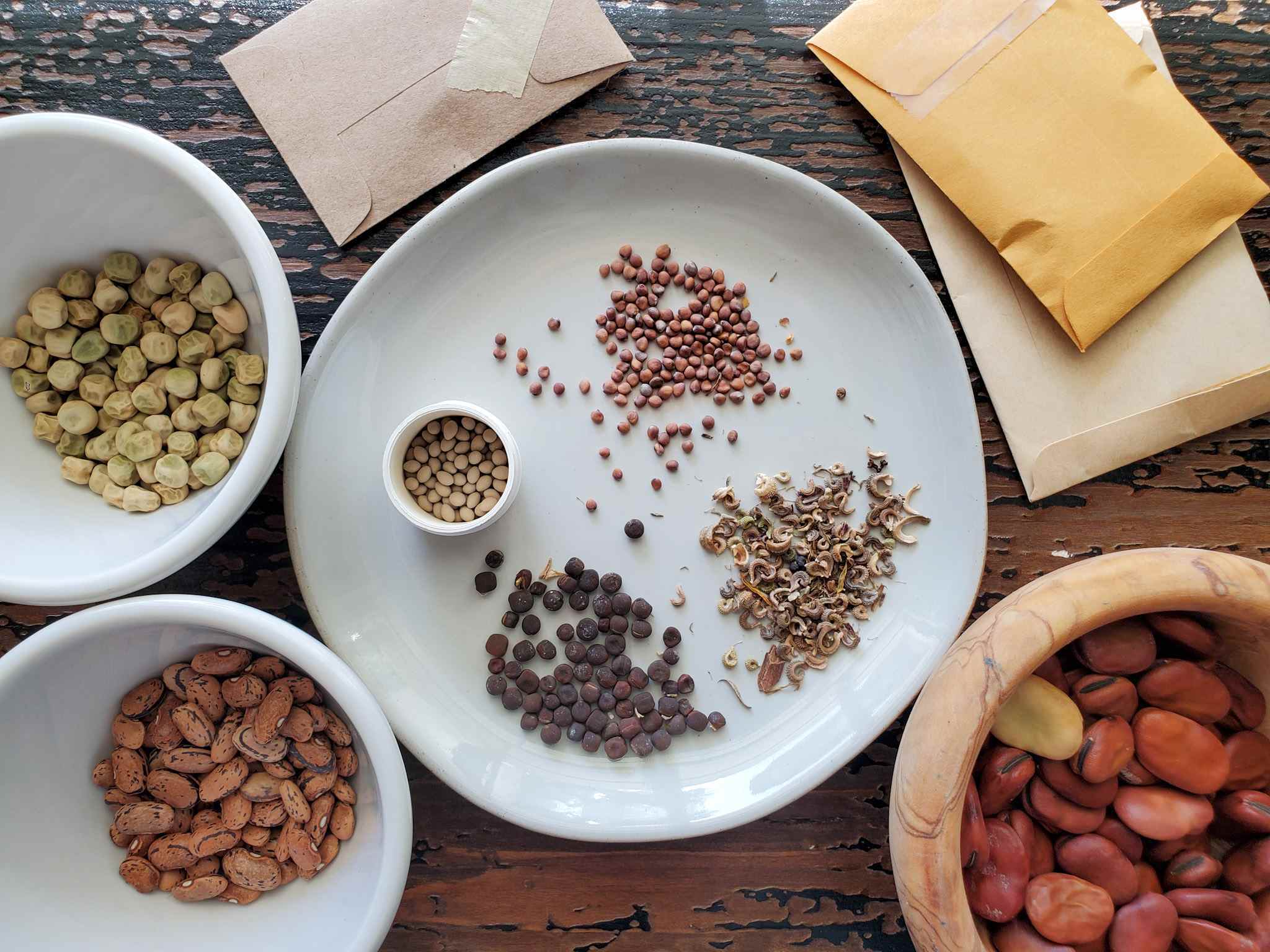
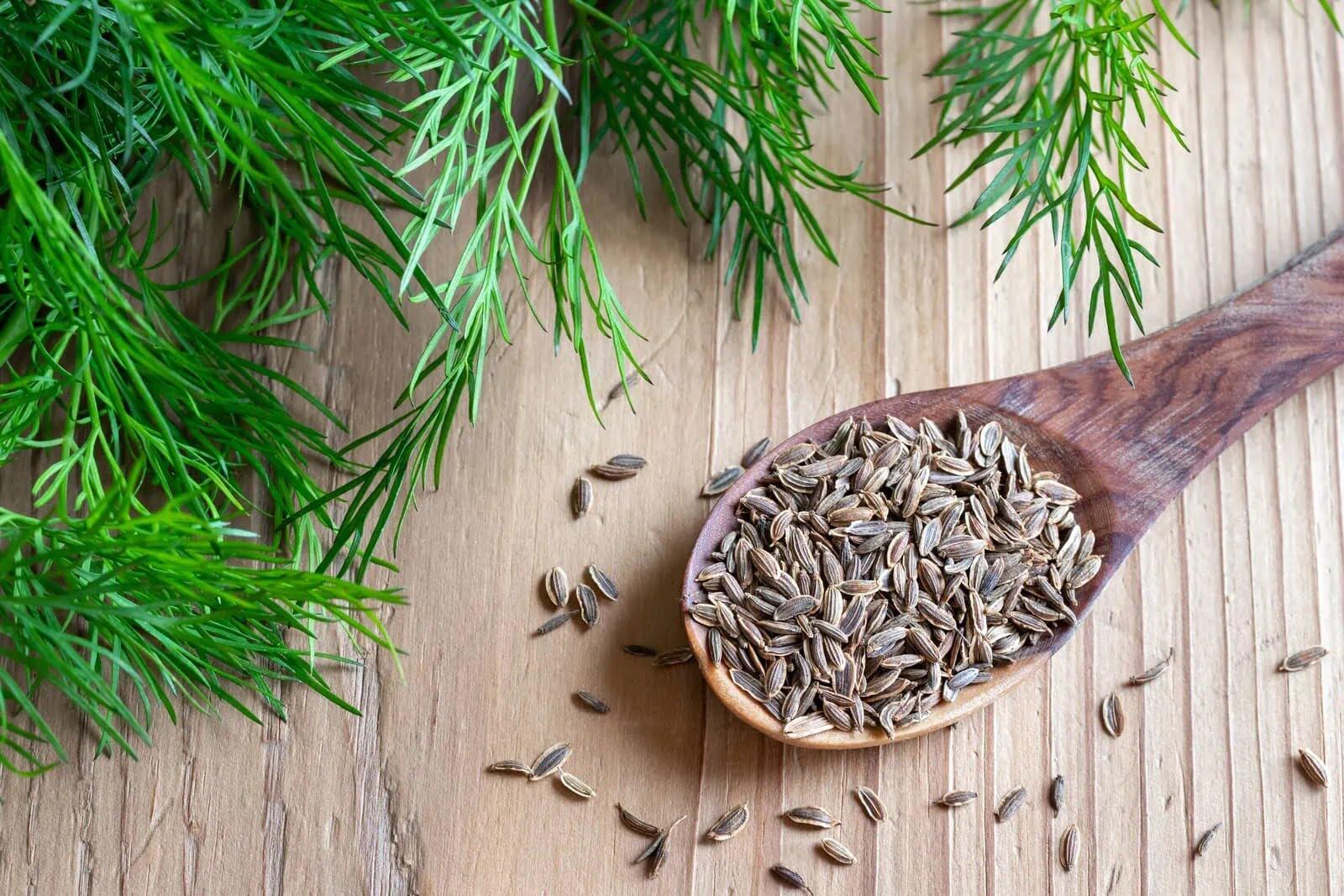

0 thoughts on “What Is The Difference Between Coated And Uncoated Grass Seed”